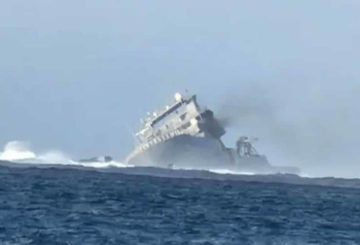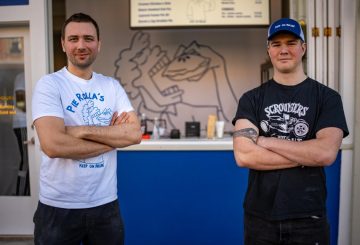На Олимпийских играх в Париже турнир по пляжному волейболу пройдет на временном стадионе рядом с Эйфелевой башней. Однако решение о проведении соревнований по серфингу на Таити, на другом конце света, вызвало споры. Строительство новой смотровой башни на рифе Теахупоо вызвало опасения по поводу потенциального вреда для морской флоры и фауны.
Несмотря на разногласия, организаторы утверждают, что решение о проведении соревнований по серфингу на Таити было принято с целью сокращения общего углеродного следа игр. Они утверждают, что большинство болельщиков будут смотреть соревнования по телевизору, что позволит избежать выбросов углекислого газа, связанных с авиаперелетом. Кроме того, меньшее количество зрителей означает меньшее количество строительных работ, что является еще одним важным источником выбросов углекислого газа.
Олимпийские игры в Париже направлены на ограничение выбросов до 1,58 миллиона метрических тонн эквивалента CO2, что значительно меньше, чем в предыдущих играх. Организаторы нацелены на сокращение строительных, транспортных и эксплуатационных расходов. Например, 95% объектов будут существующими или временными, а два новых здания будут построены с использованием экологически чистых материалов.
Что касается продуктов питания, то Олимпийские игры в Париже призваны вдвое сократить выбросы углекислого газа в среднем за счет использования 80% местных ингредиентов и 60% продуктов растительного происхождения. С точки зрения энергопотребления, игры будут полностью использовать возобновляемую энергию ветряных и солнечных электростанций, а места проведения игр будут получать электроэнергию от сети вместо дизельных генераторов.
Однако сокращение выбросов, связанных с транспортом, представляет собой серьезную проблему, поскольку ожидается, что Олимпийские и Паралимпийские игры посетят миллионы посетителей. Критики утверждают, что усилия по обеспечению устойчивого развития игр заслуживают похвалы, но следует пойти дальше и поставить под сомнение участие спонсоров из углеродоемких отраслей.
За выбросы, которые невозможно сократить, Париж планирует компенсировать такие выбросы, как посадка деревьев. Однако эта практика подверглась критике из-за отсутствия регулирования и потенциального мошенничества. Организаторы утверждают, что они продолжат адаптировать свои планы устойчивого развития и работать над тем, чтобы игры были максимально экологичными.





























































